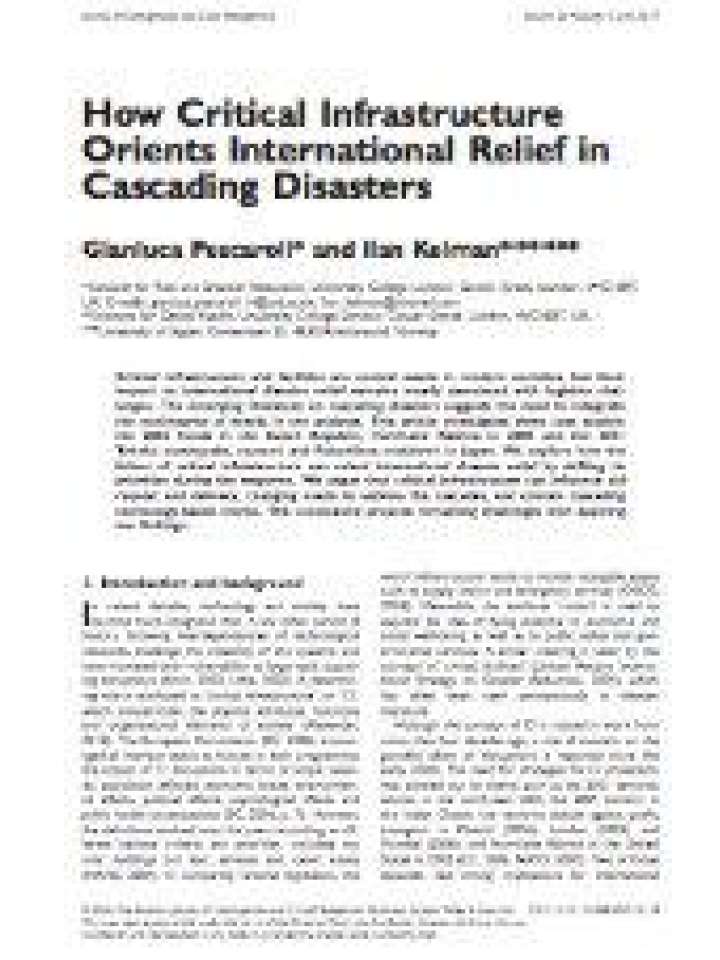How critical infrastructure orients international relief in cascading disasters
This article investigates three case studies: the 2002 floods in the Czech Republic, Hurricane Katrina in 2005 and the 2011 Tohoku earthquake, tsunami and Fukushima meltdown in Japan. It explores how the failure of critical infrastructure can orient international disaster relief by shifting its priorities during the response. It argues that critical infrastructure can influence aid request and delivery, changing needs to address the cascades, and contain cascading technology-based events. The conclusions propose remaining challenges with applying the research findings.
Critical infrastructure and facilities are central assets in modern societies, but their impact on international disaster relief remains mostly associated with logistics challenges. The emerging literature on cascading disasters suggests the need to integrate the nonlinearity of events in the analyses.
Explore further
